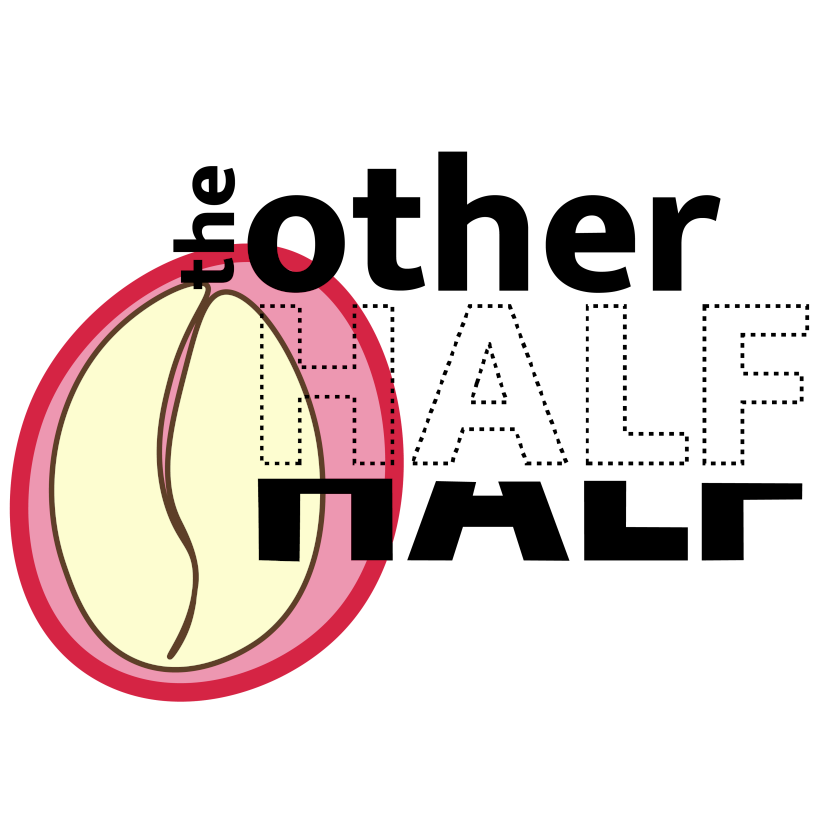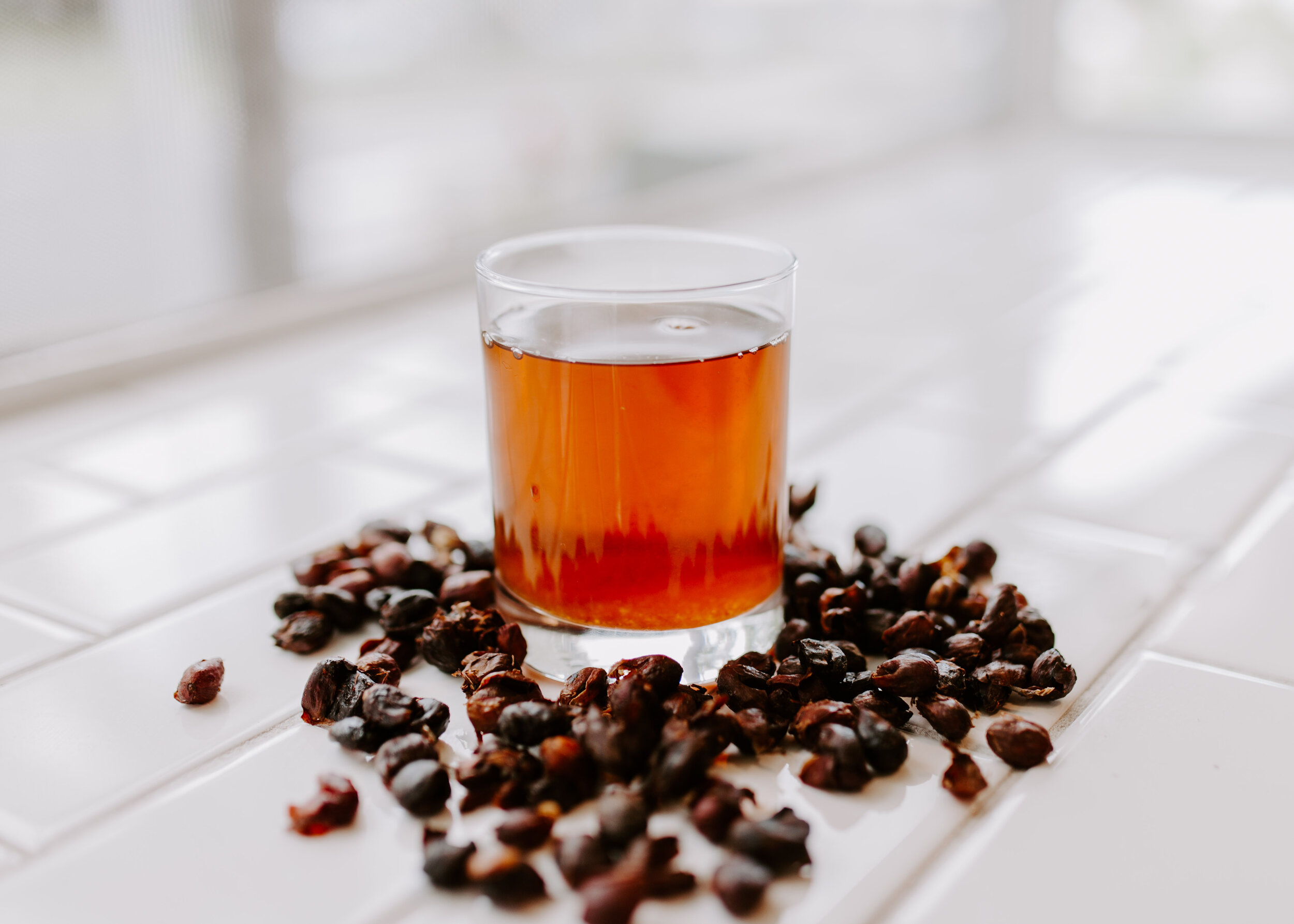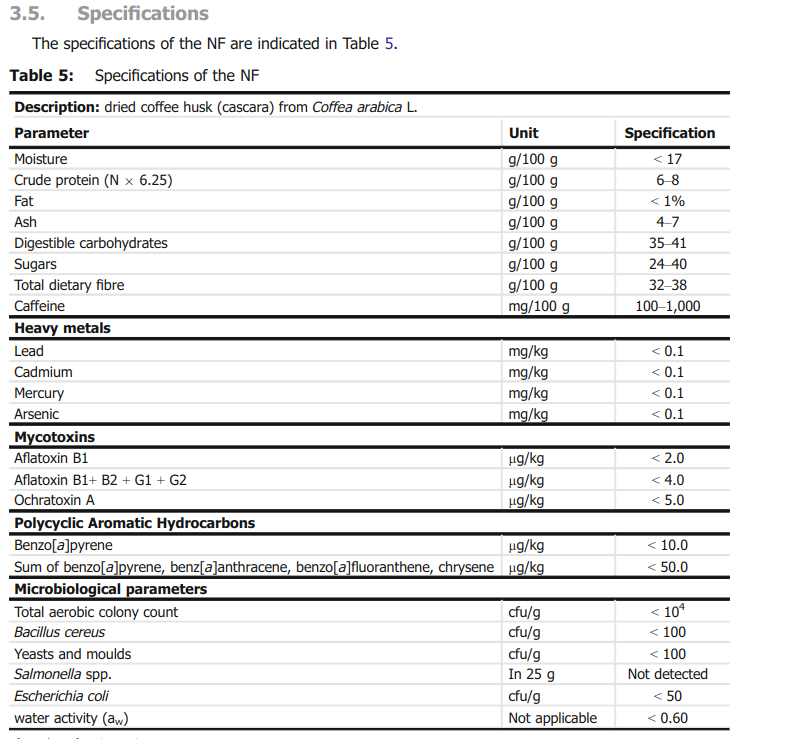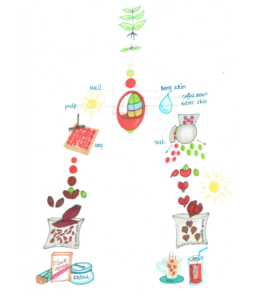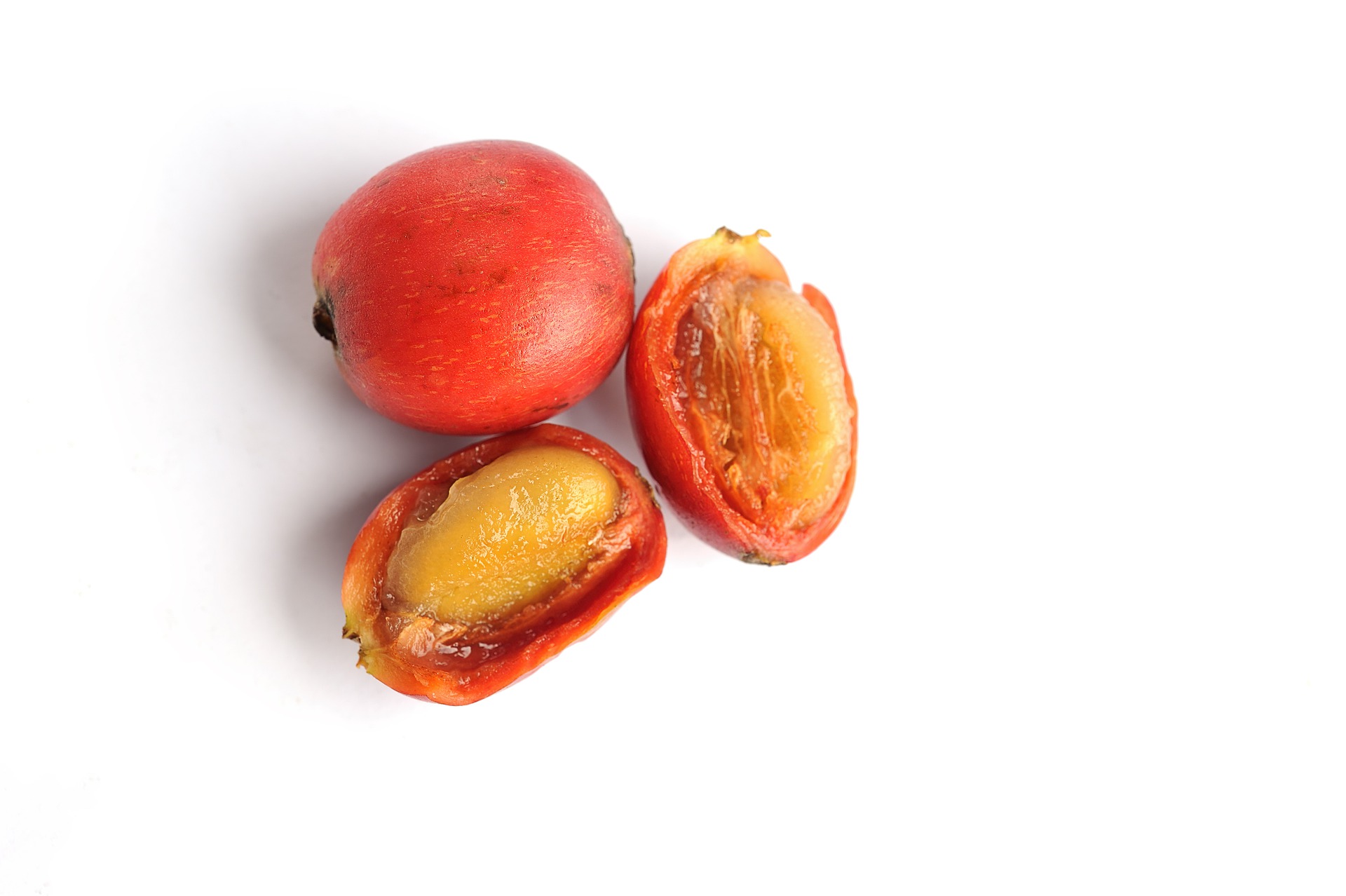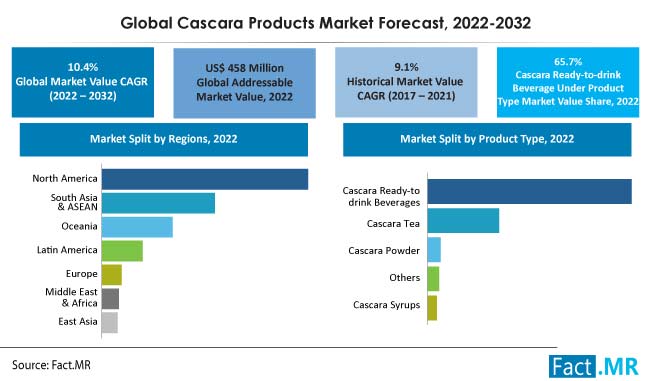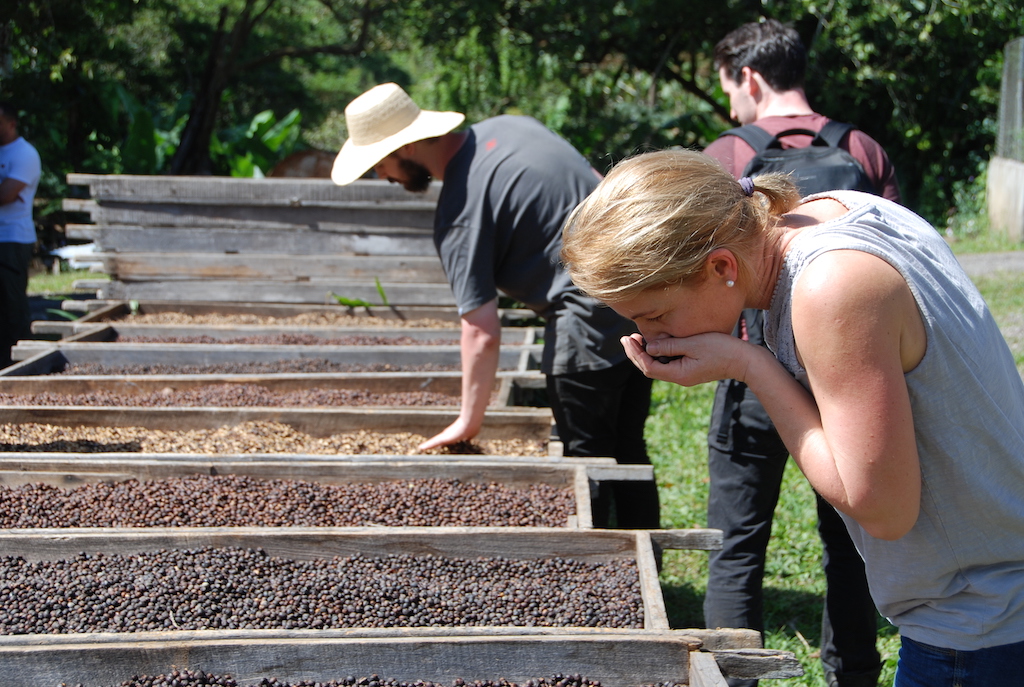Cascara resources.
Cascara in a nutshell
Cascara refers to the dried husk or peel of coffee cherries, which are the fruits that contain coffee beans. The term “cascara” is Spanish for “husk” or “shell.” Historically, coffee cherries’ pulp and skin were considered byproducts of coffee production, often discarded or used as compost.
Over time, people began to recognize the potential of cascara as a flavorful and aromatic ingredient. In various coffee-growing regions, especially in countries like Yemen and Ethiopia, where coffee has a long history, locals started experimenting with ways to use cascara. The dried husks were infused in hot water to create a tea-like beverage. The resulting cascara tea has a unique flavor profile distinct from traditional coffee, often described as fruity, floral, and slightly tangy.
In recent years, and especially since it became legal to sell for human consumption within the EU as a beverage, cascara has gained popularity as a specialty beverage and ingredient in the coffee industry. Coffee producers, roasters, and baristas have started to market cascara tea separately, and it has become a sought-after product in the specialty coffee market. Cascara is also used in various culinary applications, such as in cocktails, desserts, syrups, chocolate and spices as well as pet products, art and exfoliants.. the list goes on.
The rise of cascara reflects a growing trend in the coffee industry to explore and appreciate different aspects of the coffee plant beyond the traditional coffee bean. There are endless benefits to be had from allowing cascara to flourish in the western world – its role circularity, the benefits to the environment and the improvements to livelihoods of producers are only the start.
Safety of dried coffee husk (cascara) from Coffea arabica L.
Following a request from the European Commission, the EFSA Panel on Nutrition, Novel Foods and Food Allergens (NDA) was asked to deliver an opinion on dried coffee husk (cascara) from Coffea arabica L. as a novel food (NF) pursuant to Regulation (EU) 2015/2283. The NF comprises the skin (exocarp), pulp (mesocarp), mucilage (pectin), parchment (endocarp) and a portion of the silver skin of the coffee fruit, and consists mainly of digestible carbohydrates, dietary fibre and water. The Panel considers that there are no safety concerns regarding the stability of the NF if the NF complies with the proposed specification limits during its entire shelf-life.
The NF as such will not be consumed, instead, beverages produced with the infusion of the NF in water will be available to consumers. Considering an 100% extraction of caffeine from the NF to the beverage, the specification limit set for caffeine and the proposed use levels, the maximum concentration of caffeine in infusions produced using the NF could be up to 600 mg/L of drink, a concentration comparable to those in coffee beverages.
The Panel notes that consumption of beverages produced using the NF will add significantly to the total dietary intake of caffeine of the general population. The consumption of beverages containing caffeine is not recommended for children, pregnant or breast-feeding women if the caffeine content exceeds 150 mg/L.
Why cascara? A guide to production and usage.
If you’re a farmer and want to start producing it, you’ll hardly find anything online – and requests for information are usually met with secrecy. To change this, This Side Up published a guide on the nutritional value, production and preparation of cascara, free to download and communally updated.
Cascara - Approval as a novel food
The European Union has approved Cascara as a novel food (traditional from third countries).
Cascara Products Market to Surpass US$ 1.23 Billion at a CAGR of 10.4% by 2032
The high nutritional value of cascara, comprising over 50% antioxidants, particularly polyphenols, is a significant driver for the cascara products market.
The Zero Waste Coffee Project
After legalization: What is the future of cascara in the EU? Interview with Joel Jelderks.
